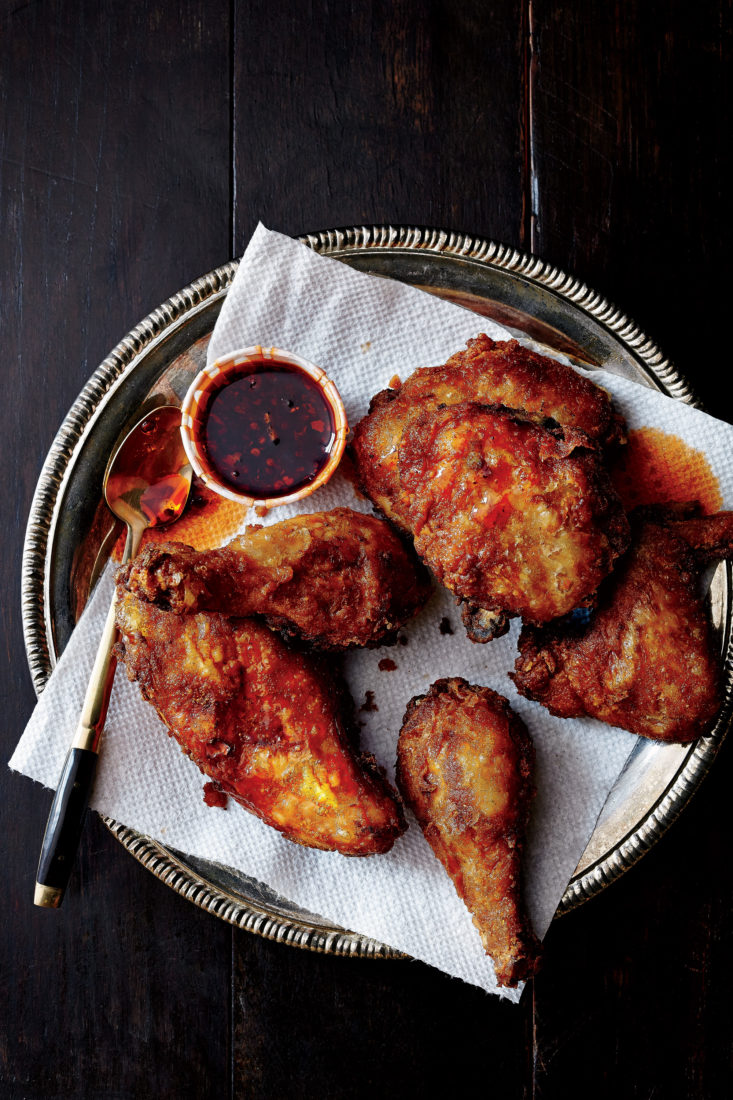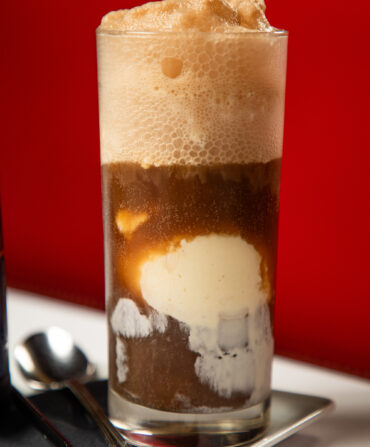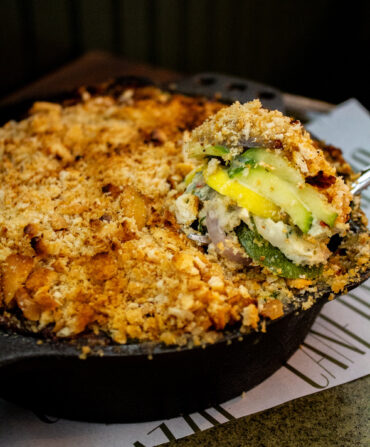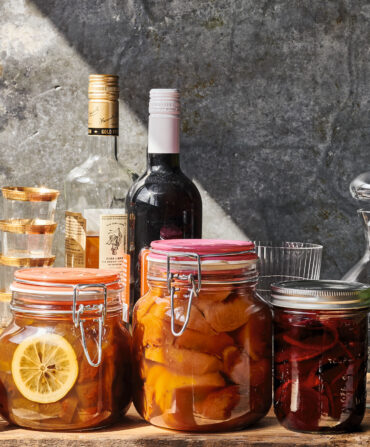You have to hand it to Todd Ginsberg, a Jewish guy from New Jersey who moved south and decided he could reinvent fried chicken. He only makes it Friday nights at the General Muir in Atlanta, a smart mashup of a New York deli and a farm-to-table neighborhood spot that opened earlier this year. Get there much after 7:30 p.m. and the chicken, served with a hot-sweet pot of honey sauce, is gone.
The General Muir is Ginsberg’s latest Southern baby. He came to the Atlanta area in 2000 to be closer to his parents and has since made his name at a number of restaurants, the last being Bocado in the restaurant-heavy Westside.
Ginsberg sees a lot of similarities between Jewish and Southern food. Both are based on whole animal cooking. There is pickling and brining, smoking and preserving. But there’s no direct counterpart to fried chicken, so when he took it on, he stumbled through a process that resulted in a revelation that kisses a Southern favorite with a touch of Israel and Asia.
“I had Korean fried chicken legs in New York once,” he says of the extra-crispy version that inspired his quest. “But I didn’t know the technique until we started playing with it.” His experimentation delivered tender meat perfumed with lemon and thyme and a glossy, shattering crust—and a novel method.
Photo: Johnny Autry
1 of 3
Photo: Johnny Autry
2 of 3
Photo: Johnny Autry
3 of 3
The recipe is prep heavy but not hard. You brine. You chill. You coat the chicken in an improbable mix of mostly cornstarch and just a bit of flour (or matzo meal). You chill again. Then you steam—yes, steam!—chill once more, and, finally, you fry.
The idea to steam the chicken came from a cook who was making a staff meal at the General Muir. He was in a hurry, so he co-opted the steamer Ginsberg uses to heat his homemade pastrami to cook some chicken. The shortcut inspired a crucial step in Ginsberg’s fried chicken recipe. With steaming, the chicken is never underdone, since it’s nearly cooked through before it ever hits the pan. And the frying time is reduced to minutes—just long enough to transform the cornstarch crust into a golden-brown shell. “It’s great,” Ginsberg says. “You’re not sure where the skin ends and the coating begins.”












